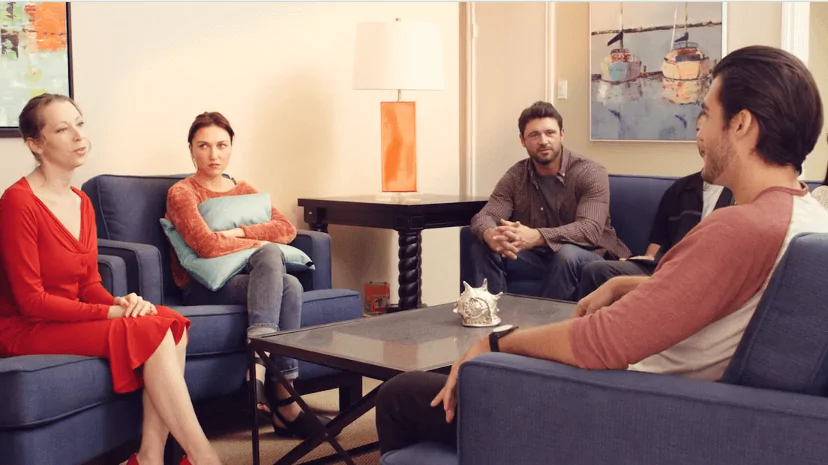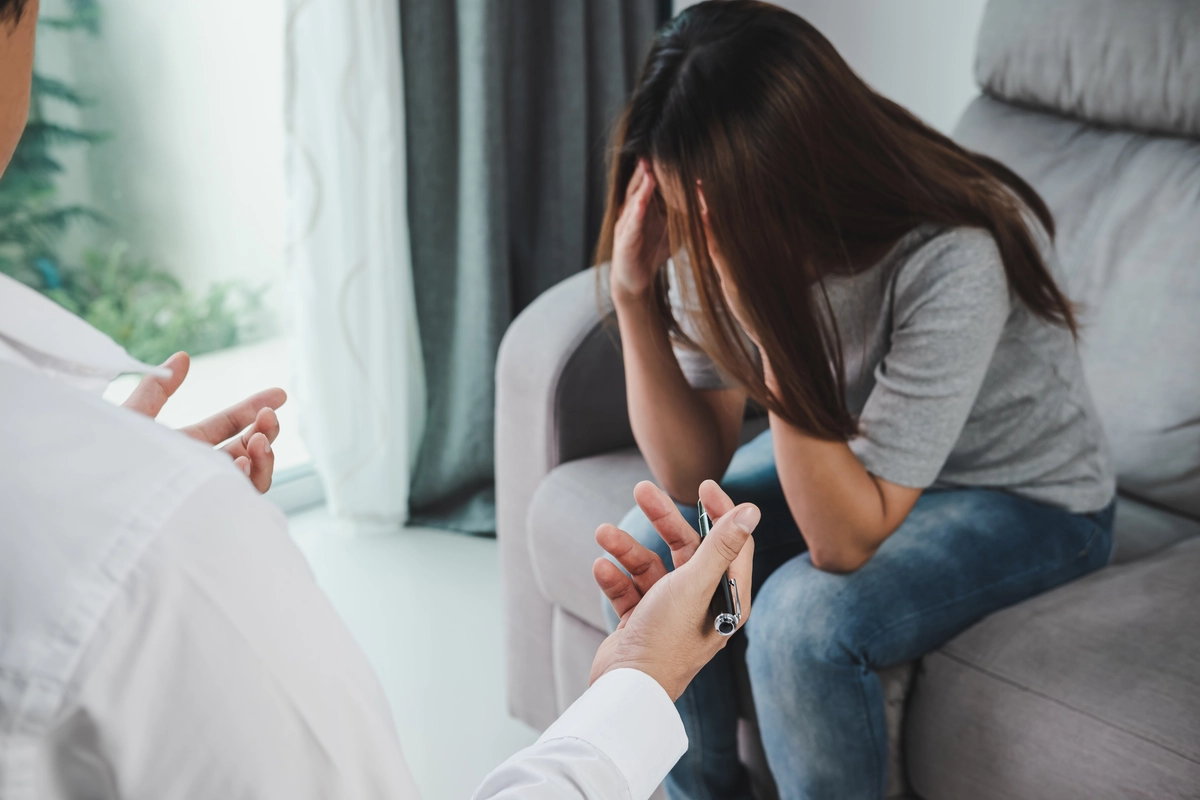24/7 Helpline:
(866) 899-221924/7 Helpline:
(866) 899-2219
Learn more about PTSD Rehab centers in Sleepy Eye
PTSD Rehab in Other Cities

Other Insurance Options

Carleon

Access to Recovery (ATR) Voucher

Oxford

MVP Healthcare

Health Partners

UMR

Horizon Healthcare Service

Molina Healthcare

GEHA

Health Choice

Excellus

MHNNet Behavioral Health

Health Net

Regence

UnitedHealth Group

WellCare Health Plans

Optum

PHCS Network

BlueCross

Humana


New Ulm Medical Center – Substance Abuse
New Ulm Medical Center – Substance Abuse is a private rehab located in New Ulm, Minnesota. New Ulm M...

Nova House Intensive Residential Treatment Services
Situated in New Ulm, Minnesota, Nova House Intensive Residential Treatment Services (IRTS) is a drug...











































